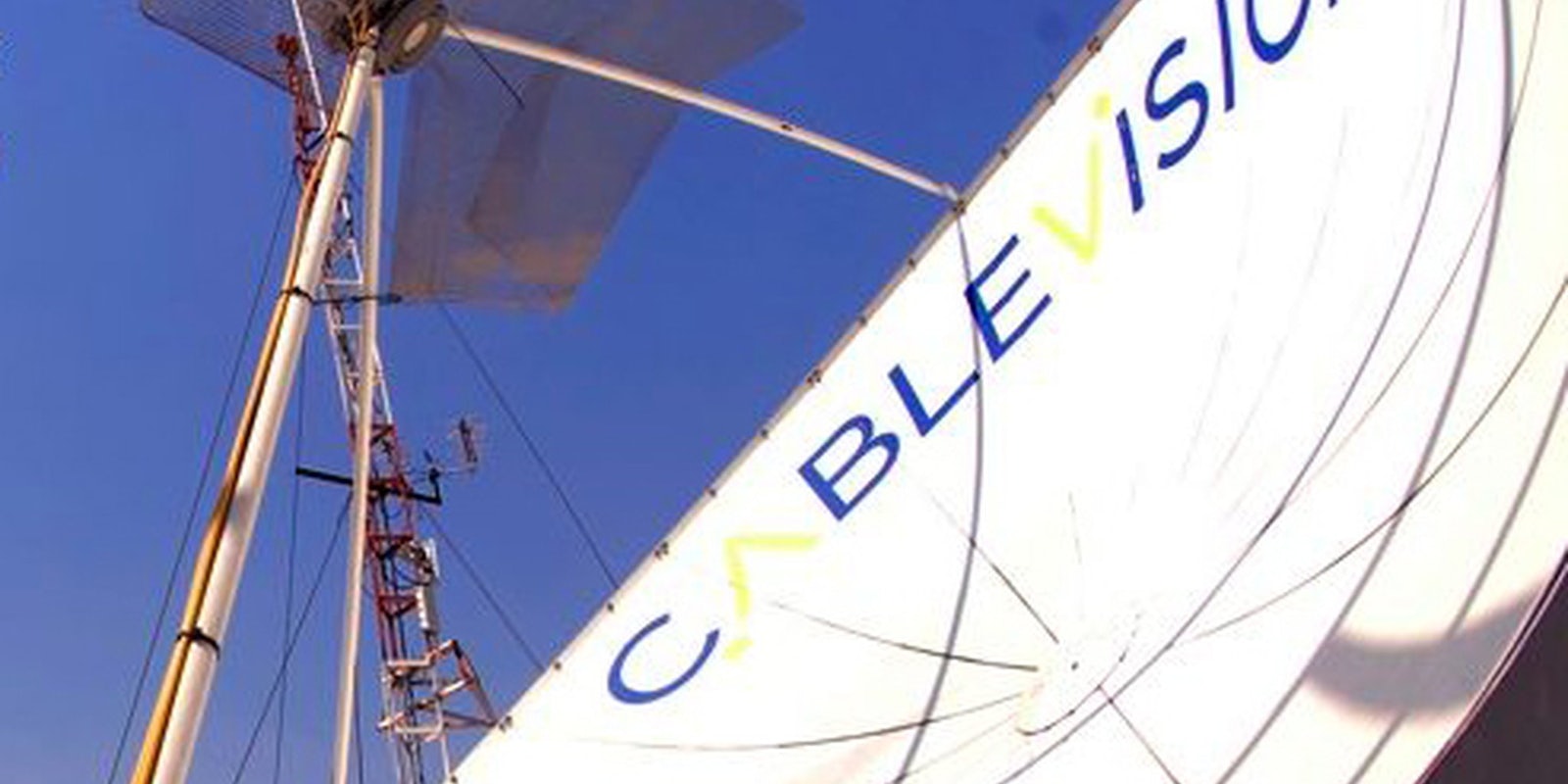Finally, the constant confusion around the Copyright Alert System (CAS) has produced something helpful for your average Internet user.
One of the participating Internet service providers (ISPs), Cablevision, has included a list of ways you can fight a copyright alert in its Frequently Asked Questions.
The CAS, officially in the works since 2011, launched Monday after months of delays. And documents leaked throughout the CAS’s creation revealed consistent strife between participating members, the music and movie industries and the five biggest ISPs in the U.S.
Users in the system who are flagged for repeat infringement five or six times face different “mitigation measures,” which vary by ISP. Verizon customers will have their connection speed slowed, for instance; Time Warner will lock users’ browsers unless they call to have an “educational” chat about piracy.
And if you’re not guilty? It’s $35 (refunded if you win) to plead your case before the American Arbitration Association.
Thankfully, Cablevision—which as as this writing is the only one of the five participating ISPs not to reveal what its mitigation measures actually are—tells you how to defend yourself.
From its FAQ:
On what basis can I challenge alerts?
Challenges are based on the following defenses that are applied as appropriate to each alert:
- Misidentification of Account – Your Internet connection has been incorrectly identified as one through which acts of alleged copyright infringement have occurred.
- Unauthorized Use of Account – The alleged activity was the result of the unauthorized use of your Internet connection, of which you were unaware and could not reasonably have prevented.
- Authorization – The sharing of the copyrighted material was authorized by its copyright owner.
- Fair Use – The reproducing of the copyrighted work(s) and distributing it/them over a P2P network is defensible as a fair use.
- Misidentification of File – The file in question does not consist primarily of the alleged copyrighted work at issue.
- Work Published Before 1923 – The alleged copyrighted work was published prior to 1923.
It’s worth noting that this contradicts previous comments by the CAS’s executive director, Jill Lesser.
The CAS identifies alleged pirates by their Internet protocol (IP) address, which can identify a household Internet account, but not an individual. Therefore, Lesser has said, the CAS should convince whoever’s name is on the bill to take responsibility for everyone in their household. But, according to Cablevision, customers can argue out of an alert by placing the blame on an unauthorized user stealing their Wi-Fi.
Like we’ve said: There’s been some confusion between the CAS’s members.
Photo via Wikimedia Commons


